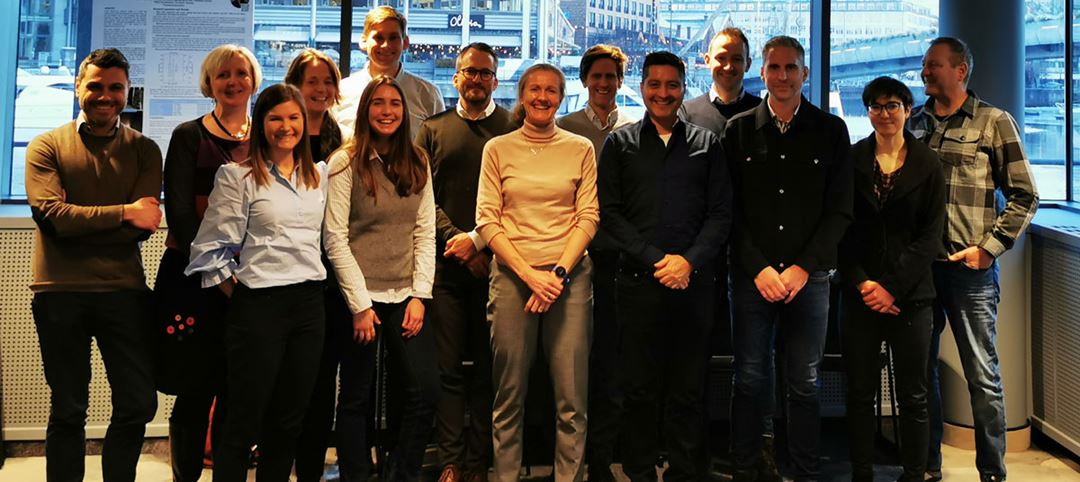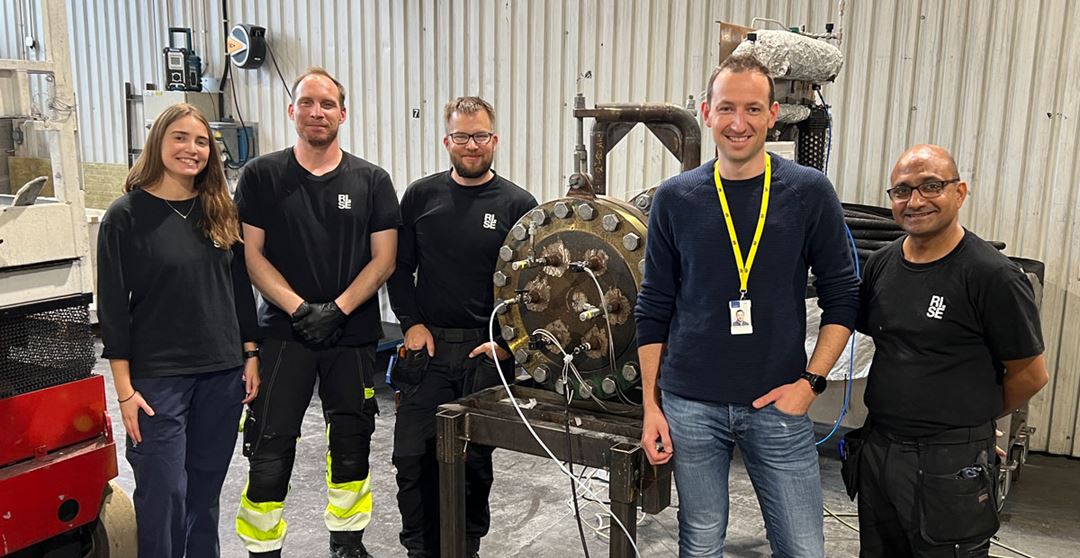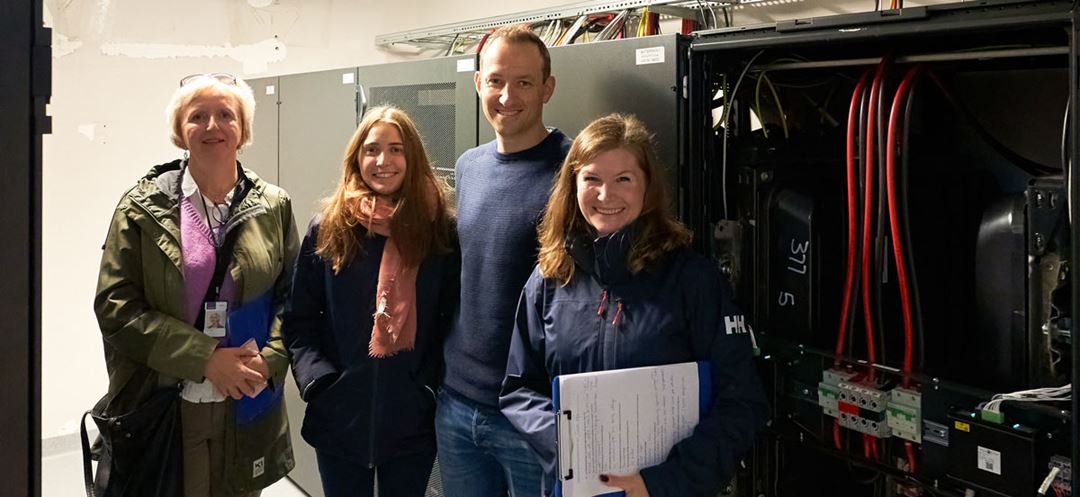
SafeBESS: Technology and building design for safe operation of battery energy storage systems
SafeBESS consortium meeting and research activity updates

The main focus of the consortium meeting was to update everyone on the research activities conducted in the first months of the project as well as going through plans for 2024. There was also a presentation by the PhD candidate. More information on her progress and results can be found under Publications.
Main activities in SafeBESS for 2023
RISE and NTNU have conducted experiments at RISE’s facilities in Borås in Sweden, where tests were performed on battery cells from HAGAL and Siemens Energy. The batteries were heated with an external heat source until thermal runaway occurred. A number of different measurements were conducted, and several cells were tested, all of which form the basis for the following work with experiments on battery modules. The results from the experiments in Borås are also used in the numerical simulations of thermal runaway on battery cells. Below is a photo from RISE’s laboratories in Borås, together with the team conducting the experiments. (From the left: Cristina Sanfeliu Meliá, Jan Erik Andersen, Tobias Guldbrand, Christoph Meraner, Mohit Pushp).

In addition to the experimental work mentioned above, a significant amount of work is done on mapping of existing battery systems in Norwegian buildings, as well as a literature search on existing standards, norms and regulations. A team from SafeBESS have so far visited seven different locations with large battery energy storage systems (BESS), and they have made and overview which includes location, safety measures, and other relevant conditions that need to be considered for safe installation and use of BESS. The photo below is from a visit to Tiller High School, which has a BESS with a storage capacity of about 450 kWh connected to solar panels on the school’s roof. (From the left: Birgit Risholt, Cristina Sanfeliu Meliá, Christoph Meraner, Brynhild Garberg Olsø) .
